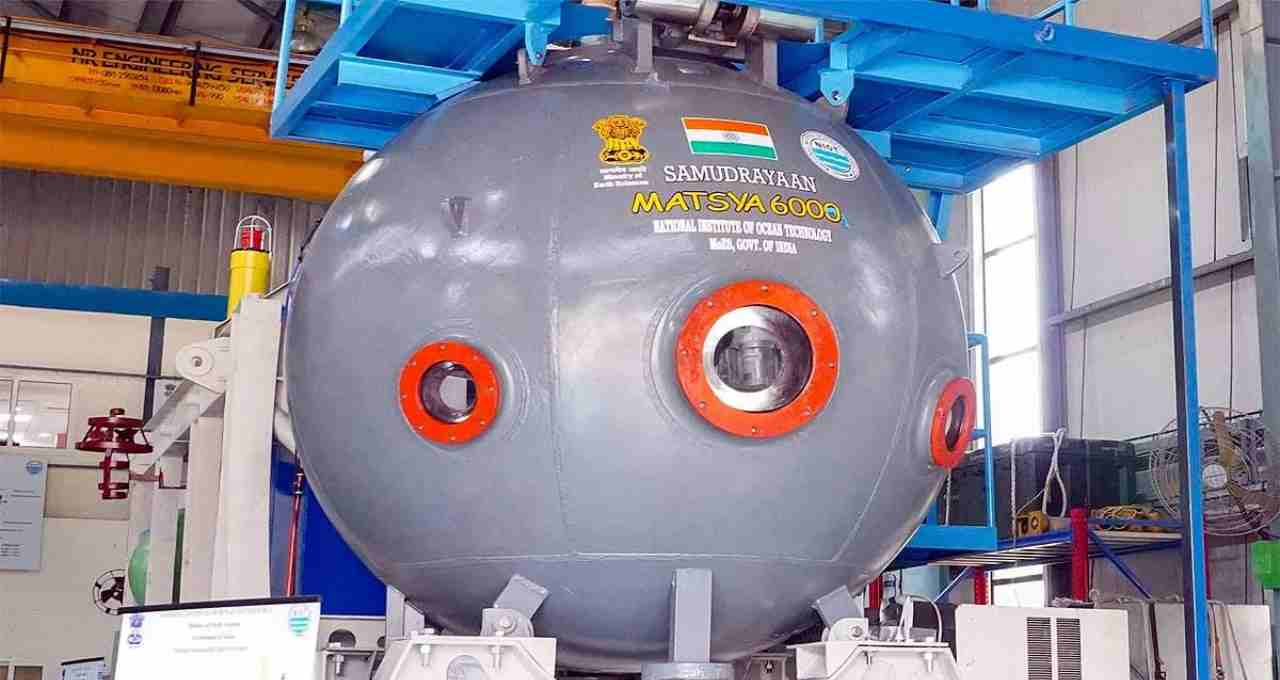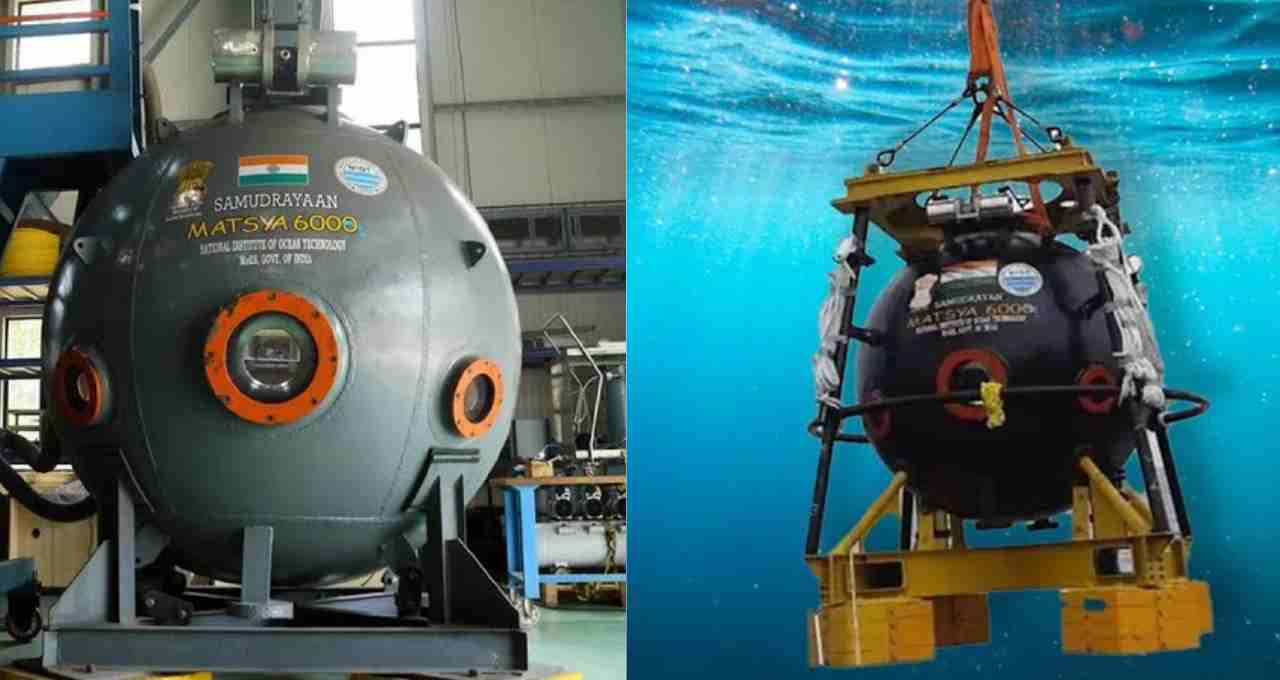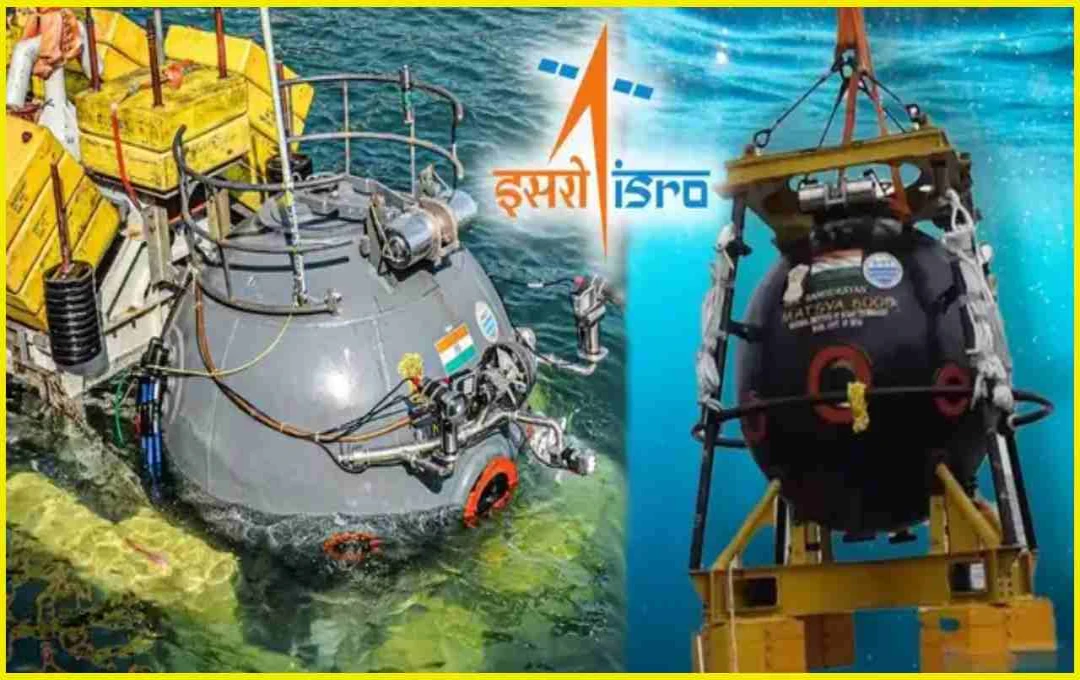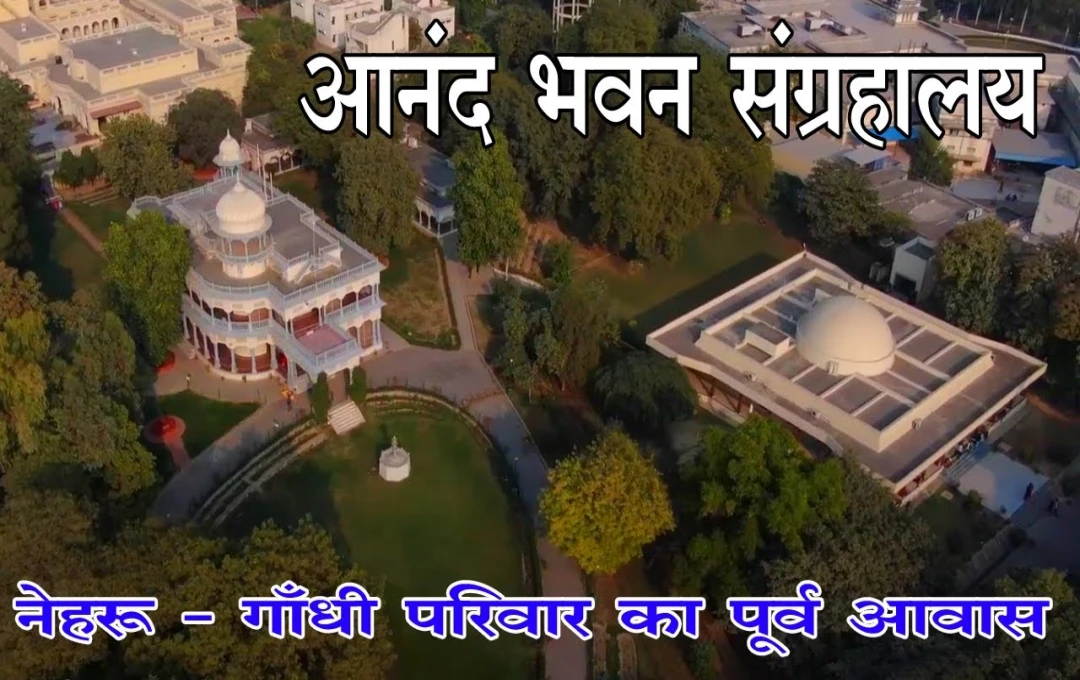India has taken a historic step towards deep-sea research and exploration. The country's leading space agency, ISRO, has achieved a significant milestone under the 'Deep Ocean Mission' by successfully completing a highly complex welding process after more than 700 weld tests.
New Delhi: India has achieved a historic milestone in the direction of deep-sea exploration. The Indian Space Research Organisation (ISRO) has overcome a critical technological hurdle by successfully completing over 700 weld tests, enabling the creation of a vehicle capable of carrying humans 6,000 meters (6 kilometers) below the sea surface. This achievement is proving decisive for the Samudrayaan mission, which is expected to be completed by 2026.
What is 'Samudrayaan'?
'Samudrayaan' is a major part of the Government of India's Deep Ocean Mission, which is operated under the Ministry of Earth Sciences (MoES). The mission aims to study mineral resources, biodiversity, and geographical structures in the depths of the ocean. Under this project, India is developing a Human Occupied Vehicle (HOV) that can travel up to 6,000 meters below the sea surface for scientific exploration.
MATSYA-6000: Carrier of Future Depths

The HOV being developed under this mission is named MATSYA-6000. Its most important part is a spherical crew compartment made of titanium, which has been jointly prepared by ISRO's Vikram Sarabhai Space Center (VSSC) and the National Institute of Ocean Technology (NIOT). This sphere has a diameter of 2,260 mm and a wall thickness of 80 mm.
It is capable of withstanding water pressure up to 600 bar and a minimum temperature of -3 degrees Celsius. This powerful design is made to protect human life in the depths of the ocean.
Titanium Welding Was Challenging
Despite being a b metal, titanium is considered extremely complex to weld. Joining thick titanium plates (80-102 mm) requires a highly precise and safe welding process. This is why ISRO scientists adopted Electron Beam Welding (EBW) technology for this task.
To overcome this challenge, ISRO's Liquid Propulsion Systems Centre (LPSC), Bengaluru, increased the capacity of its EBW machine from 15 kW to 40 kW. In addition, they also developed a Non-Destructive Evaluation (NDE) system for post-weld quality checks.
Success After More Than 700 Weld Trials

After more than 700 weld trials conducted by LPSC, scientists achieved the desired quality and durability. These tests were conducted to ensure that this titanium sphere does not deform under extreme depth and pressure of the ocean and the safety of the scientists on board is ensured. This is not only a technical but also a strategic achievement that places India in the category of select countries that have indigenous deep-sea exploration capabilities.
There are many resources in the depths of the ocean that have not yet been assessed. These include metals such as nickel, cobalt, rare earth elements, and marine biodiversity. The Deep Ocean Mission will provide a scientific basis for the sustainable development and conservation of these resources. At the same time, this mission can also play a major role in national security, exploration of energy resources, and scientific research.
The ability to carry out human missions to a depth of 6,000 meters in the ocean is currently only possessed by the United States, Russia, China, and a few European countries. This joint achievement of ISRO and NIOT is going to include India in this exclusive club.












